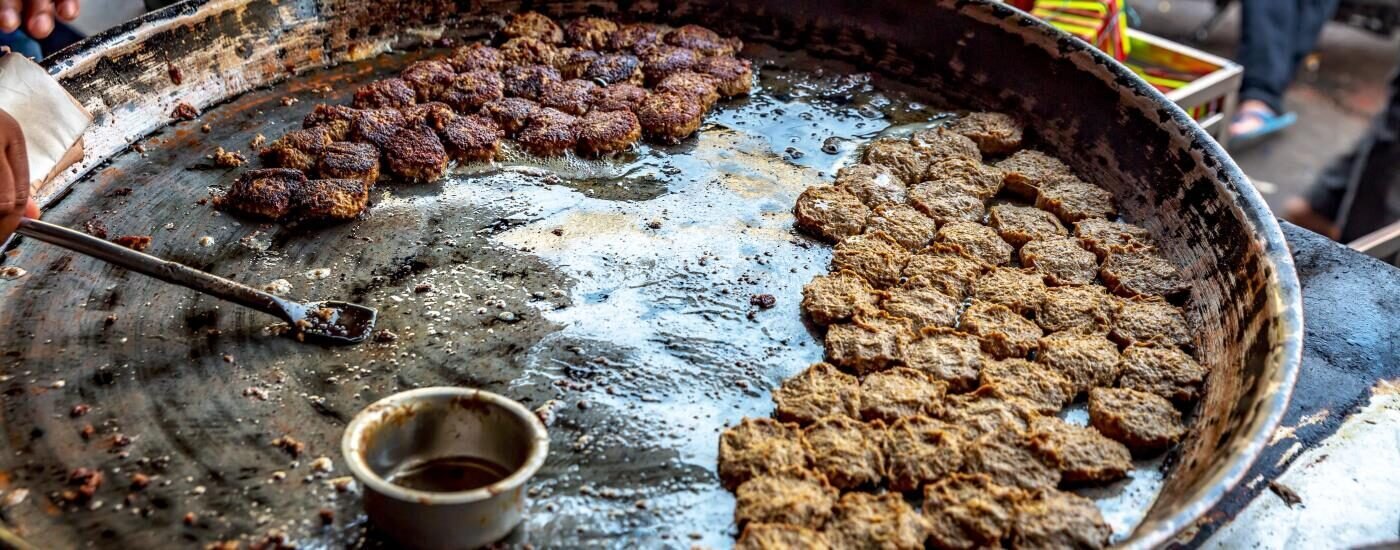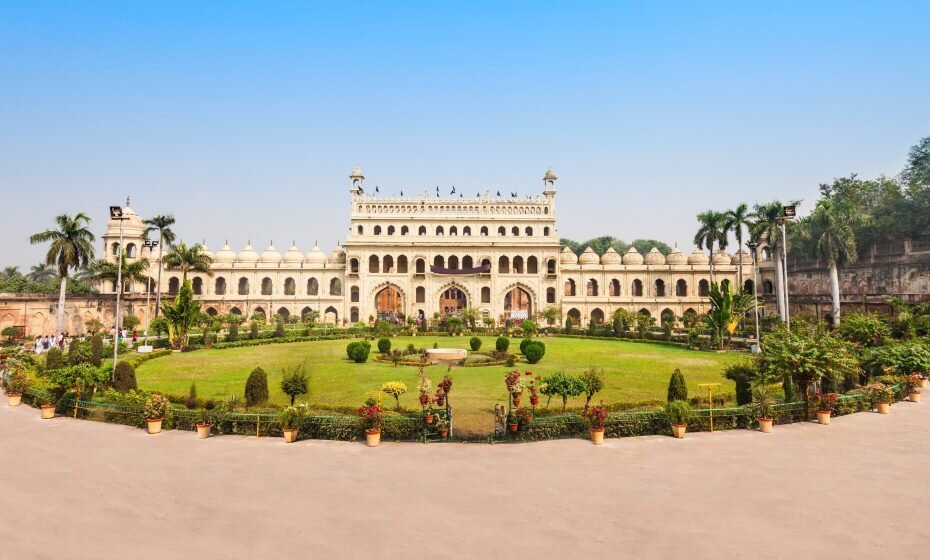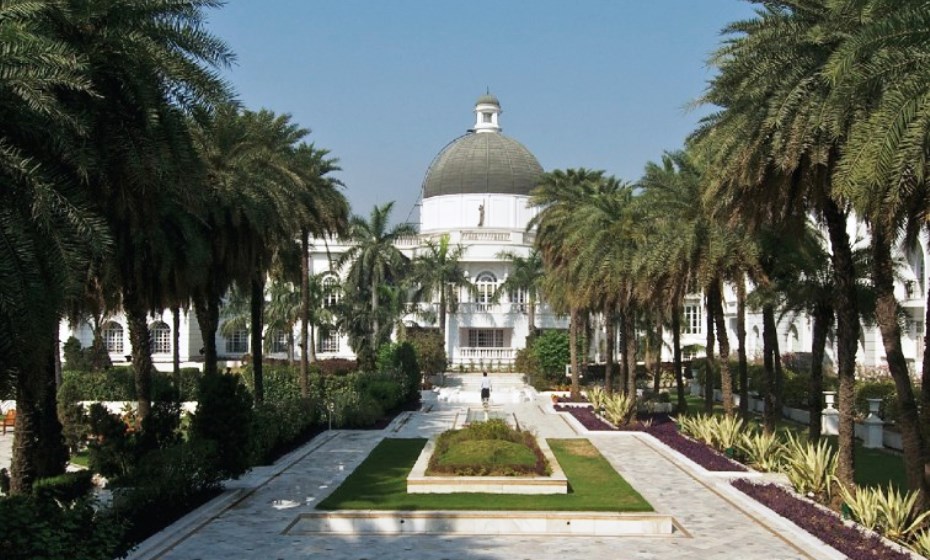Lucknow, Uttar Pradesh
Discover Lucknow
As the capital city of Uttar Pradesh, the bustling city of Lucknow offers a wonderful blend of architecture, art, cuisine and culture. Known as the ‘city of Nawabs’ (native governors during the time of the Mogul empire), Lucknow was a strategic location during the colonial era and gives visitors a peek into the bygone era.
You’ll find charm at every turn, from the cosmopolitan centre to vibrant bazaars and fantastic heritage monuments waiting to be explored. Foodies will adore the local ‘Awadhi’ cuisine, featuring biryanis, kebabs and breads, along with dishes cooked over a slow fire.
Things to do in Lucknow
Apart from the amazing food and the chance to pick up a bargain or two at a lively bazaar, Lucknow offers and impressive array of beuildings to visit including
- Visited by thousands of tourists all year round, the Bara Imambara is one of Lucknow’s most recognisable symbols. This enormous former place of worship was built in the 18th century by Constructed by Nawab Asaf-ud-Daula to provide work during the famine to the people of Awadh and is surrounded by beautiful gardens. Inside, you’ll find delicate arches and jharokhas (windows), along with an amazing corridor of mazes leading to a mixture of entrances, exits or dead ends
- Also known as the Turkish Gate, the Rumi Darwaza was built in the 1780s and is identical to an ancient gate in Istanbul. A key symbol of Lucknow and a must-see on any tour, the Turkish Gate towers at 60ft high and was formerly an entrance gate to the Old City. It was created in the distinct Nawabi architectural style of bricks coated in lime to allow for detailed sculptures, including beautiful carvings of flowers
- One of the Lucknow’s oldest buildings, The Residency overlooks the River Gomti and is surrounded by terraced gardens and lawns, Between 1780 and 1800, The Residency was a large complex of residential quarters, stables and an armoury for the British General, a representative of the British East India Company. The ruins of the building still reflect its former glory, and visitors can enjoy the touches of colonial charm, and the ornate banquet hall with its central fountain echoes of opulent parties and grand ballroom dances
- The glorious Martinière College with its colonial-era charm is one of the many historical landmarks of Lucknow. It was founded in 1845 as requested in the will of Major General Claude Martin, whose death is commemorated on ‘Founder’s Day’ in Lucknow on September 13. There is fierce competition for admission to this influential college that has produced airmen, sailors and soldiers who played major roles in the two World Wars and the wars of Independent India
- A fantastic example of Nawabi architecture, the impressive Hussainabad Imambara was built by Nawab Muhammad Ali Shah in 1838. The complex includes the tombs of the Nawab, his mother and Princess Zinat Algiya, the daughter of the king of Awadh. There is also a watchtower, a ceremonial gateway and the Husainabad mosque. The Chhota Imambara has many lamps and exquisite crystal chandeliers from Belgium, giving this iconic building the nickname of the ‘palace of lights’.
The best way to see Lucknow
If you would like to visit Lucknow, why not take a look at one of our wonderful ATOL and ABTA protected holidays? Please remember all our private tours are designed to meet your exact requirements, and the tours mentioned are just examples to help inspire you. Contact our travel experts on 01792 315499 or email info@aitholidays.com for more information.



